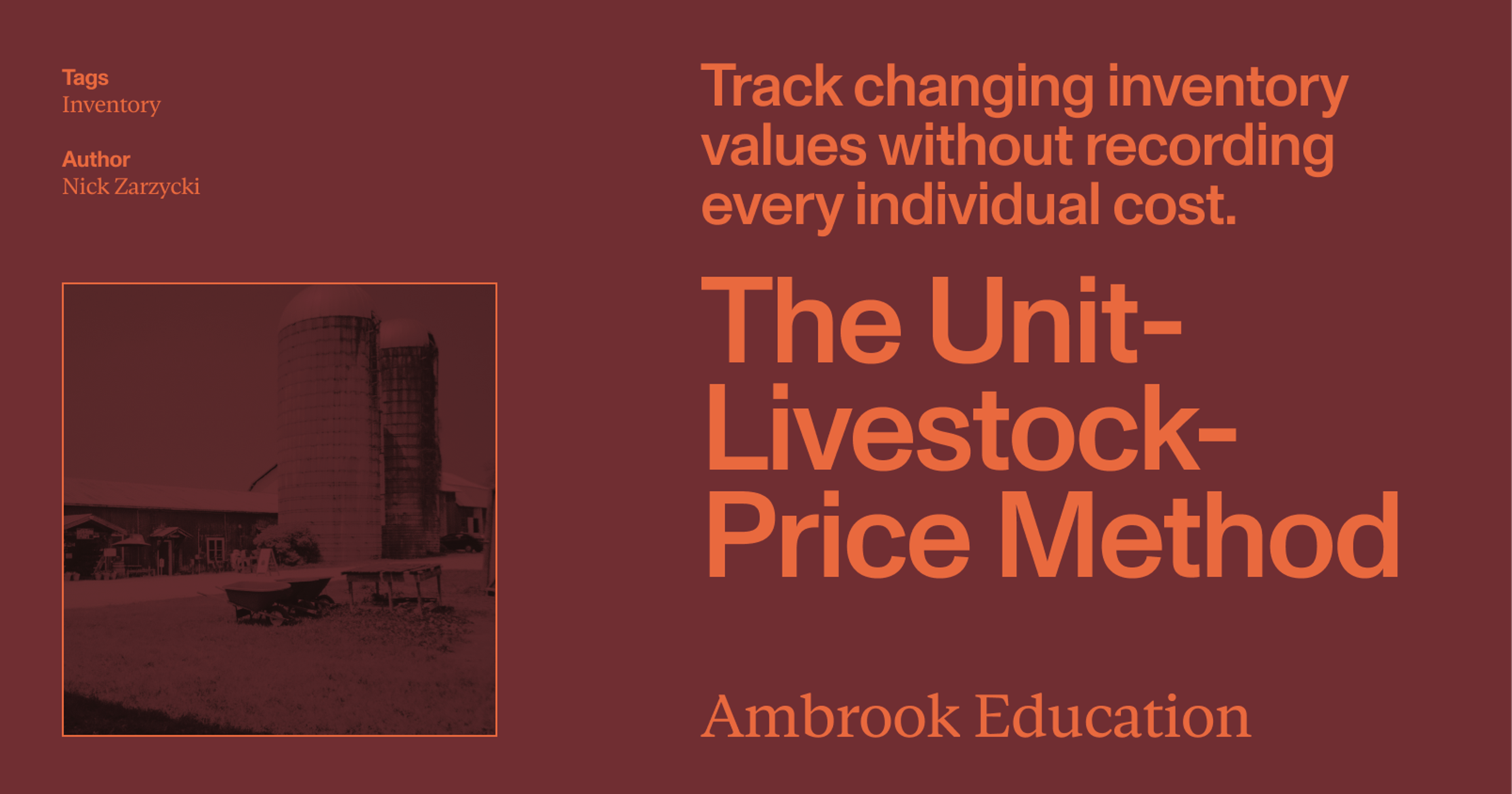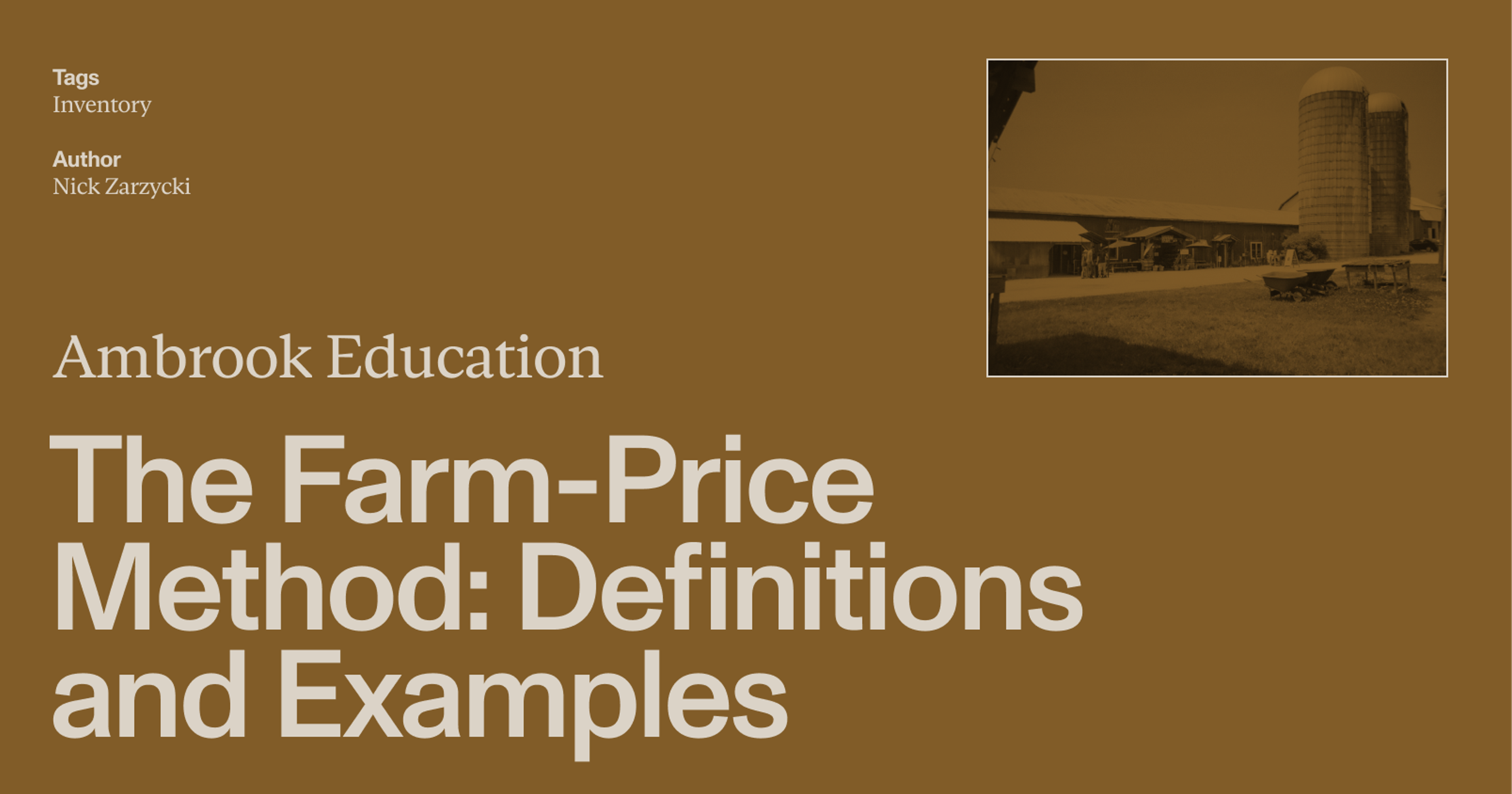Smart fertilizer inventory management and recordkeeping can help maximize yields, protect ecosystems and ensure compliance with important environmental regulations.
Fertilizer is one of the most important inputs in field crop production, comprising up to 44 percent of operating costs for corn crops and 45 percent for wheat according to the USDA. That makes effective fertilizer inventory management and recordkeeping crucial, helping producers improve planning and purchasing decisions while maximizing yields, protecting local ecosystems and ensuring compliance with environmental regulations.
What is a fertilizer inventory?
A fertilizer inventory is a detailed record of all liquid and dry fertilizers, nutrients, manure and other similar materials stored and used on the farm. It should be updated after every new delivery and application, helping operators track fertility while keep a running total of remaining inventories.
An accurate fertilizer inventory can be a valuable production tool, helping operators make better planning and purchasing decisions, prevent unused inventories from sitting around too long, and also help satisfy recordkeeping requirements for local, state and federal rules for fertilizer application.
How does a fertilizer inventory work?
Your fertilizer inventory should be kept up to date as products are added or removed from storage–for example, when there’s a new delivery, transfer or an application. For new deliveries of fertilizer, the inventory captures:
Who it came from and when it arrived
What type of fertilizer or nutrient it is
The NPK numbers
The weight, volume or number of containers
Manufacturer or batch numbers from the delivery papers
Where it’s stored on the farm
All containers should be labelled and dated when purchased, and producers should make a habit of removing outdated or unusable materials. All fertilizer stock tanks and containers should be clearly labeled with the product name, formulation and concentration. Inventory records should also note these details, along with any results from nutrient or media analyses.
Every time fertilizer is applied, producers might also note:
The date and what product was used
How much was applied and where (field name or ID)
The application rate, weather, and soil conditions at the time — i.e. temperature, moisture, or rainfall
Any problems, such as bridging or uneven spreading
This level of detail ensures you always know what’s on hand, where it’s stored and how it’s being used. (The University of Massachusetts Amherst provides a handy checklist for fertilizer storage and handling that can help.)
Keeping your fertilizer records organized is easier when you use a consistent format. The table below lists out information that might be included in an inventory log, along with some examples.
| Inventory Field | Description | Example |
|---|---|---|
| Date | The date the inventory was recorded or updated | March 10, 2025 |
| Location (Building) | The building or structure where fertilizer is stored | Equipment Shed |
| Fertilizer Storage Area | Specific room, section, or cabinet within the building | Room A – Locked Cabinet |
| Fertilizer/Nutrient Name | The name of the fertilizer or nutrient product | Urea |
| NPK Number | The nutrient analysis showing nitrogen (N), phosphorus (P), and potassium (K) content | 46-0-0 |
| Size of Container | The size or weight of individual fertilizer containers | 50 lb bag |
| Number of Containers | The number of fertilizer containers currently in storage | 20 bags |
| Total Quantity | The total amount of fertilizer product on hand (size × number of containers) | 1,000 lb total |
What is a manure inventory?
A manure inventory can help gauge nutrient availability from livestock operations by estimating manure production volume and weight for each animal and projecting it through the year.
Manure nutrient content will vary widely based on animal species, age, feed and storage. The University of Massachusetts Amherst provides helpful nutrient calculators and tables to estimate manure nutrient content for different livestock species.
Fertilizer recordkeeping and environmental regulations
Many U.S. states require detailed fertilizer application records to prevent nutrient leaching and runoff. Key compliance considerations include:
Tracking nitrogen and phosphorus inputs to avoid overapplication.
Avoiding fertilizer application on frozen, saturated or snow-covered soils.
Maintaining setback zones near waterways and wells.
Recording application rates and timing to demonstrate compliance with state nutrient management plans (NMPs) or EPA Clean Water Act guidelines.
Participating in NRCS conservation programs that encourage nutrient efficiency and soil health improvement.
Know your numbers with Ambrook
Ambrook makes it easy to track what you produce, tie costs to your herds and fields and get the numbers you need to make better decisions. It doesn’t just help you do your accounting: it takes the guesswork out of running your business. Want to learn more? Schedule a demo today.
Want to learn more about Ambrook?
This resource is provided for general informational purposes only. It does not constitute professional tax, legal, or accounting advice. The information may not apply to your specific situation. Please consult with a qualified tax professional regarding your individual circumstances before making any tax-related decisions.






